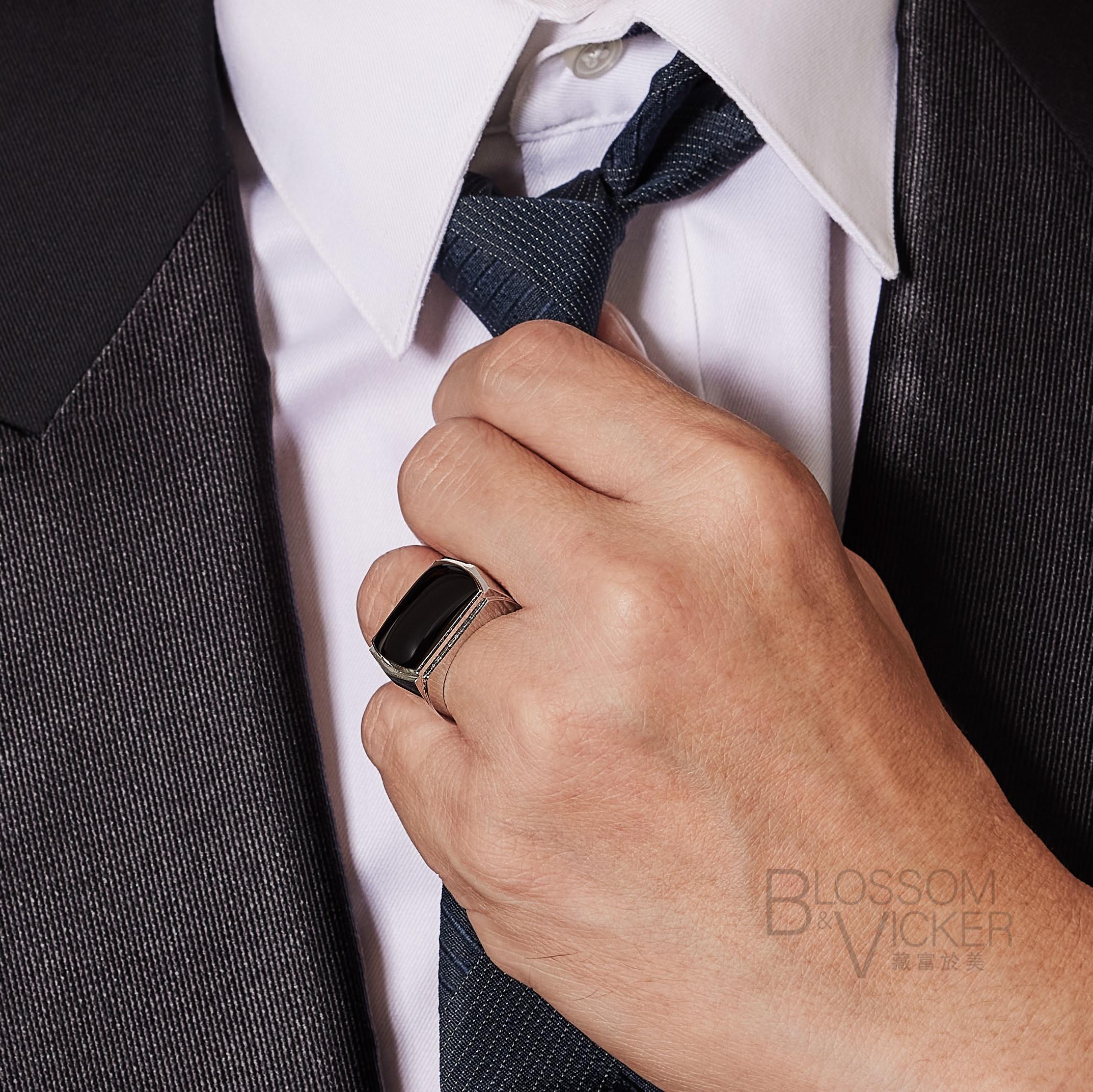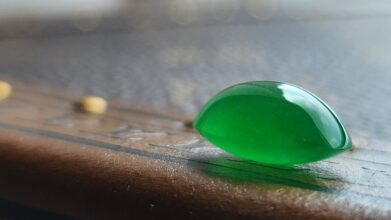Jadeite originated from Myanmar and is regarded as one of the most valuable precious stones that could rival diamonds, ruby, sapphire and emeralds. It is worth noting that being the only mining country of the finest jadeite in the world, Myanmar’s political instability and suspension of mining operations have shrunken the supply sharply, particularly the highly sought-after vivid green variety, which pushes up the prices further.
Thanks to the nature of its interlocking crystal structure, Jadeite has strong resistance to breaking. Its toughness and durability have made it an excellent choice for daily wear and long-term investment compared to its green rival - Emerald.

Jadeite gems are said to possess health-strengthening abilities and improve longevity.(Blossom & Vicker)
The three most salient factors impacting jadeite’s market value are colour, transparency, and texture.
Colour evaluation standard: Saturation, Vividness, Evenness, Purity
Jadeite occurs in various colours, including green, lavender, yellow, red, black, colourless and more. Amongst these, green is the most highly prized, followed by lavender and colourless icy varieties. When evaluating the colour of jadeite, the Asian refers to the following criteria:
Nong (Saturation): The intensity and richness of the colour.
Yang (Vividness): The brightness and vibrancy of the colour.
Yun(Evenness): Most jadeite typically has uneven colour distribution. Therefore jadeite with uniform colour is rated much higher.
Zheng (Purity): The purity of the primary colour.
Type A, Type B and Type C Jadeite Classification
Type A refers to natural jadeites without any colour and clarity treatment. Type B refers to jadeite bleached with an acidic solution to remove impurities. Type C has been chemically bleached and then dyed to enhance colour.
While most traders proudly claim that their jadeite collections are natural Type A, plenty of Type B and C jadeites are still in the market. For decades, bleaching and polymer treatments were the standard industry practices to enhance the appearance of jadeites. This explains why jadeites passed down as family heirlooms often look dull and lacklustre.

Cufflinks first emerged in the late 17th Century, under the reign of King Louis XIV of France. (Blossom & Vicker)
Transparency
Transparency refers to the amount of light passing through a piece of jadeite. As countless interlocking crystals form jadeites under high pressure, they are not transparent and their transparency ranges from entirely opaque to translucent. The finer the crystal size, the better the texture and hardness. Higher transparency indicates finer mineral crystals which show a brilliant lustre after the jadeite is polished.
Mohs hardness: 6.5 - 7
Origin: Myanmar

